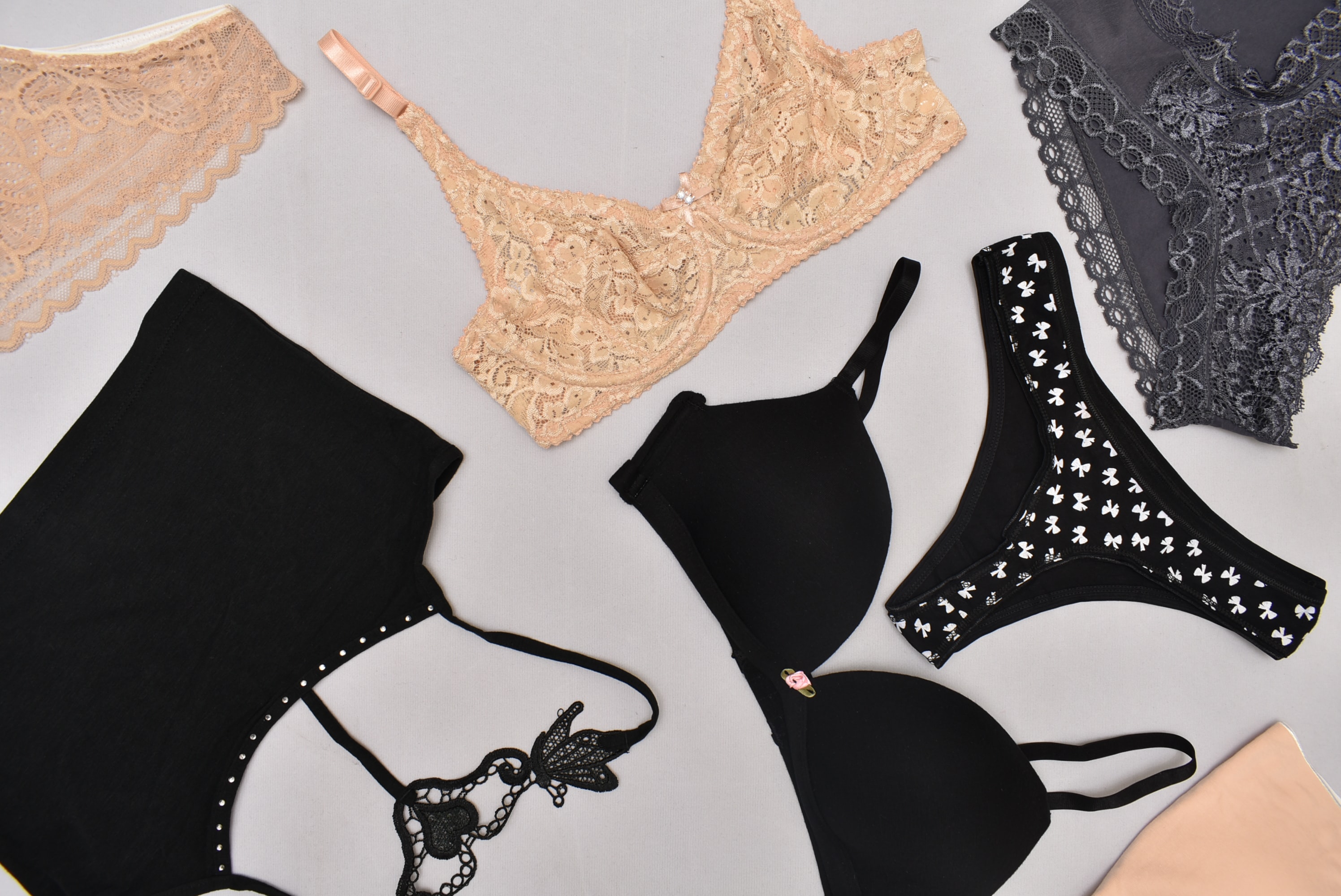Underwear: vegan guide for men's and women's underwear and bras

All of us wear underwear practically everyday. Importance of underwear comfort is indisputable. They come in different shapes, forms and colors but all have similar purpose of preventing the skin in sensitive areas of our bodies from directly be touching the outer cloths. Bras are warn by women all over the globe. There are different types of bras that are used in different situations for cover and support of women's breasts.
Common materials and fabrics for undergarments production
Most of underwear products, both men's and women's, are made of plant based, man made and synthetic fabrics. Silk and wool can be used as well, although they are fairly less common.
Bras can be made of variety of different types of materials, most of which are animal friendly but not all of them. Silk and wool can make their ways into bra production from time to time as well.
Some description of bras and underwear
- Men's underwear
- boxers and briefs are the most popular types. Most commonly men's underwear are made of synthetic fabrics, cotton, linen and other plant based materials or from blends of those fabrics. It is almost safe to assume that modern men's underwear are vegan, just check out the label for some reassurance.
- Women's underwear
- bikini and briefs being the most popular panties' types. Mostly women's underwear are made of synthetic fabrics, cotton, linen and other plant based materials or from blends of those fabrics. Relatively rare types of panties are made of silk, satin (which can be made of silk) and even leather. If you want to buy those types, please consider a vegan-friendly synthetic alternatives that would have all or most of the characteristics you are looking for. They should be quite easy to find and would probably be cheaper and more durable.
- Bra
- Bra is a short form for word brassiere. Bras are types of undergarment warn below our upper cloths to cover women's breasts, as well as providing breasts support, enhancing breasts size, achieving more aesthetic clothing look and more practical purposes. Bras can be made of great variety of materials, from cotton, linen and other plant based natural fibers to various types of man made and synthetic fibers or blends. Some parts of some bras are made of silk, especially straps and cup's cover fabric. Silk or materials blended with silk (satin fabric can be made of silk) are probably the biggest 'risk' of purchasing an animal derived bra products. Cups and padding are mostly made of animal-friendly synthetic materials, like polyurethane or polyester foam, cotton and silicon. Underwires which help to lift and support the breasts in some bra designs are typically made of light metal, plastic or resin.
Our advise is, as always, to check the materials your bra's parts are made from before proceeding with your purchase.
Last word of advise
The easiest way to ensure cruelty-free purchase is buying a vegan or vegan-friendly labeled products, but not all companies labeling their vegan products as such and those who do may be quite expensive. Asking the stuff is also a great option while buying in the store, if they do not know there is an option of contacting a manufacturer or reaching out to a vegan group for some advise. There are also some apps available for finding out if products are vegan.
In addition, there are also other ethical issues which are important to keep in mind, such as human workers treatment and environmental sustainability. As a general rule, recycled and organic brands frequently are more environmentally friendly and will offer better solution for ethical workforce treatment. Companies specializing on vegan or cruelty free clothing production are also a good bet on ethical and environmental issues. Consumer's awareness on those issues will push textile industry one step further in solving them. Please keep those issues in mind during your next undergarment shopping.
